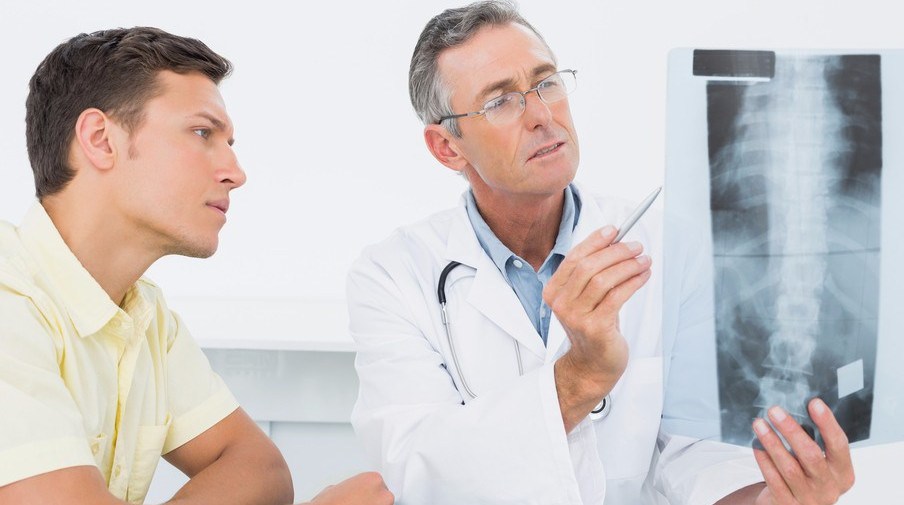Atypical facial pain (ATFP) is challenging to manage and there are few proven therapies available. We present a case report describing application of peripheral subcutaneous field stimulation (PSFS) to a patient with chronic intractable ATFP which conventional treatment failed to ameliorate.
Irritable bowel syndrome (IBS) is a disorder that leads to debilitating symptoms, including abdominal pain and cramping and changes in bowel movements affecting approximately 1 in 6 people. As causes for this condition continue to evolve, studies have linked visceral hypersensitivity and spinal nociceptor hyperexcitability between the gastrointestinal system and nervous system.
Charcot-Marie-Tooth disease (CMT) is one of the most common inherited neurological disorders, affecting approximately 1 in 2,500 people in the United States. In general, people with CMT have weakness and decreased sensation in the lower part of their legs, and they have problems with their feet, such as high arches and toes that bend up at the middle joint, numbness in the foot, or being unable to feel where the foot is placed.
Occipital neuralgia is characterized by severe pain that begins in the upper neck and back of the head described as a sharp, shooting, zapping, electric or stabbing pain. Treatment typically involves occipital nerve blocks, peripheral nerve stimulation, steroids, rhizotomy or cryoneurolysis of the occipital nerves. Intrathecal infusion of Ziconotide has reported to be effective in bolus doses for managing pain associated with trigeminal neuralgia.
Patients with cervical radicular symptoms have been successfully treated with spinal cord stimulation (SCS) in the past but effect of SCS on different functional incapacitations has to be discovered. We
report effective relief of neck and arm pain and resumption of voiding patient with neurogenic bladder.
The pain of patients with postlaminectomy syndrome (PLS) is difficult to control despite conventional treatments and especially when procedures like spinal cord stimulation (SCS) are not feasible because advanced postoperative changes. We report successful treatment of the low back and leg pain related to PLS of the patient with sacral nerve stimulation (SNS) employing a caudal approach.
Spinal cord stimulation (SCS) for Failed Back Surgery Syndrome (FBSS) is a proven method of therapy, especially in patients with persistent leg pain. Low back pain is also often present; in the following case, initially the patient underwent SCS, which significantly reduced her pain for several years with leads positioned at were positioned in posterior epidural space to the level of T8, T9, and T10.
Nearly 6,750,000 people suffer moderate to severe cancer-related pain each year. Unfortunately, 10% to 15% of these patients fail to achieve acceptable pain relief with conventional management. Spinal cord stimulation (SCS) has been used with increased frequency for successful treatment of intractable cancer pain.
Cluster headaches are one of the most severe and disabling types of headache. Control of cluster headaches can be difficult to achieve despite multiple pharmacological modalities available in the field of pain management.
Migraine is a primary headache disorder affecting 18% of women and 6% of men in US. Control of migraine headache can be difficult to achieve in the group of patients who do not respond to accepted medical treatment or cannot tolerate side effects of medications used to treat migraine. Occipital nerve stimulation (ONS) has been used to treat patients with occipital neuralgia but recently this type of treatment is utilized to control different headaches including migraine and cluster headaches.
Статьи 21 - 30 из 71
Начало | Пред. | 1 2 3 4 5 | След. | Конец









